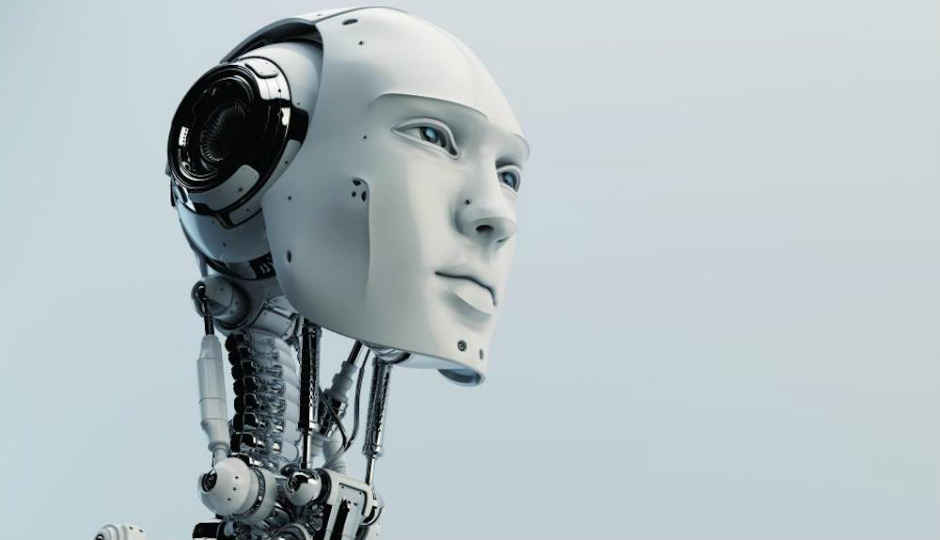 Humans have always had a fascination with robots. From being a mainstay in science fiction to aiding smooth operations of large warehouses, robots have been becoming a mainstream entity over the last few years. Given the sudden boom in robotics development, a common open-source Robot Operating System was created by Willow Garage and Stanford’s Artificial Intelligence Laboratory. ROS acts as middleware and provides low-level device control and other services. Users of Microsoft Windows have had to rely on an experimental build for now, one maintained by the community, but Microsoft has now announced that they will support ROS natively on Windows. Core ROS was ported to Windows in September thanks to the community’s efforts, but with Microsoft’s announcement, companies deep into robotics can expect Windows to natively support ROS. However, the feature is still very much experimental and hopefully, Microsoft will continue to improve it and make it final sooner than later. “People have always been fascinated by robots. Today, advanced robots are complementing our lives, both at work and at home,” Lou Amadio, principal software engineer for Windows IoT, wrote in a blog post. “As robots have advanced, so have the development tools. We see robotics with artificial intelligence as universally accessible technology to augment human abilities … [and] this development will bring the manageability and security of Windows 10 IoT Enterprise to the innovative ROS ecosystem.” The integrated version is called ROS1 and currently integrates seamlessly with Visual Studio and also leverages Windows Machine Learning thanks to the Microsoft’s development environment. ROS1 will also be capable of harnessing the power of computer vision, Azure Cognitive Services, and Azure IoT cloud services as a native part of Windows. In addition to distributing a Windows-optimized build of ROS, Microsoft said that the company is also working with Open Robotics and ROS Industrial Consortium to expand on what the ROS manufacturing process is capable of, with the goal of boosting efficiency.
Humans have always had a fascination with robots. From being a mainstay in science fiction to aiding smooth operations of large warehouses, robots have been becoming a mainstream entity over the last few years. Given the sudden boom in robotics development, a common open-source Robot Operating System was created by Willow Garage and Stanford’s Artificial Intelligence Laboratory. ROS acts as middleware and provides low-level device control and other services. Users of Microsoft Windows have had to rely on an experimental build for now, one maintained by the community, but Microsoft has now announced that they will support ROS natively on Windows. Core ROS was ported to Windows in September thanks to the community’s efforts, but with Microsoft’s announcement, companies deep into robotics can expect Windows to natively support ROS. However, the feature is still very much experimental and hopefully, Microsoft will continue to improve it and make it final sooner than later. “People have always been fascinated by robots. Today, advanced robots are complementing our lives, both at work and at home,” Lou Amadio, principal software engineer for Windows IoT, wrote in a blog post. “As robots have advanced, so have the development tools. We see robotics with artificial intelligence as universally accessible technology to augment human abilities … [and] this development will bring the manageability and security of Windows 10 IoT Enterprise to the innovative ROS ecosystem.” The integrated version is called ROS1 and currently integrates seamlessly with Visual Studio and also leverages Windows Machine Learning thanks to the Microsoft’s development environment. ROS1 will also be capable of harnessing the power of computer vision, Azure Cognitive Services, and Azure IoT cloud services as a native part of Windows. In addition to distributing a Windows-optimized build of ROS, Microsoft said that the company is also working with Open Robotics and ROS Industrial Consortium to expand on what the ROS manufacturing process is capable of, with the goal of boosting efficiency. from Latest Technology News https://ift.tt/2QkaRn2

Comments
Post a Comment